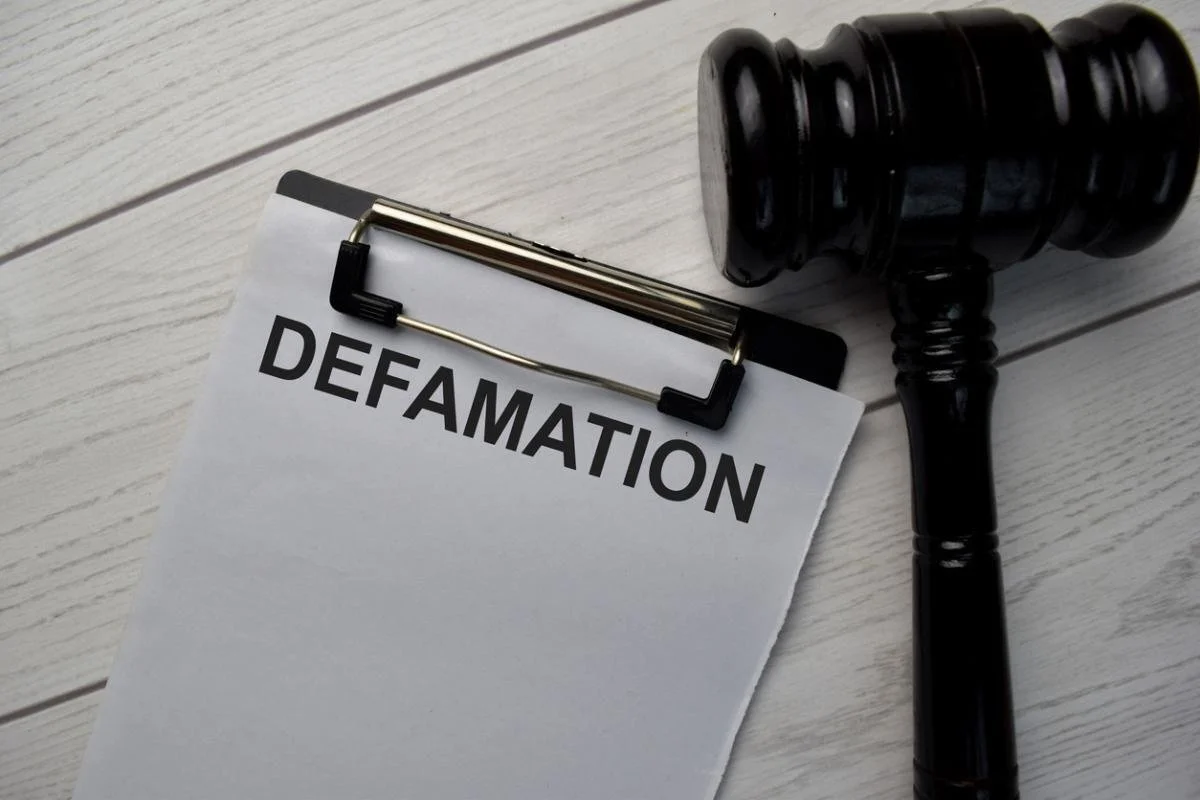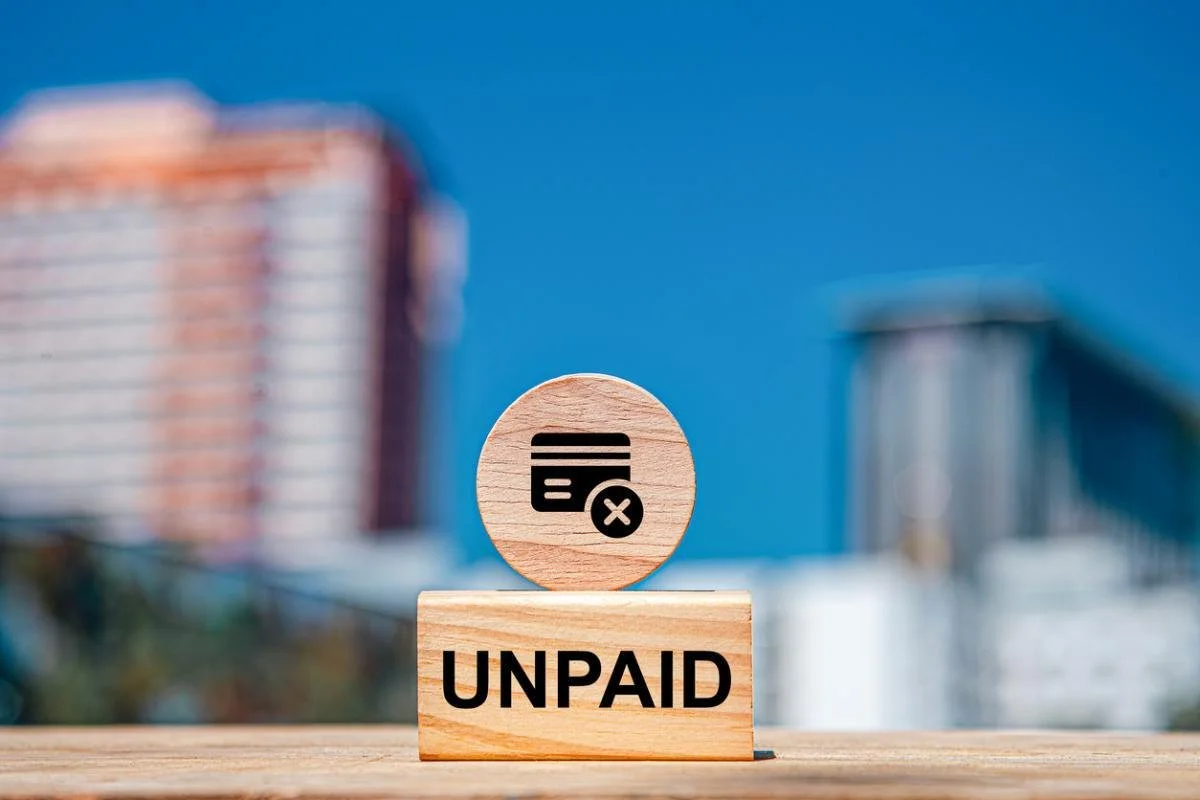Seattle Jury Awards $98 Million in Unpaid Wages Verdict Against Providence Health & Services
/In one of the largest wage-and-hour verdicts in recent years, a Seattle jury found Providence Health & Services liable for unpaid wages to thousands of hourly employees. The April 2024 decision highlights how small, routine wage violations (such as missed breaks or time clock rounding) can accumulate to substantial liability for employers and substantial back pay for workers.
Case: Bennett v. Providence Health & Services
Court: King County Superior Court
Case No.: 21-2-13058-1 SEA
The Plaintiff: Bennett v. Providence Health & Services
The plaintiffs in this case were hourly employees of Providence Health & Services. The group is one of the largest hospital systems in the United States. The case represented approximately 33,000 current and former employees who worked across Providence hospitals and healthcare facilities in Washington.
The Defendant: Providence Health & Services
Providence Health & Services is a major nonprofit healthcare organization with hospitals and medical centers throughout Washington and beyond. As an employer of tens of thousands of healthcare workers, Providence was accused of engaging in systemic wage-and-hour violations affecting thousands of nurses and staff.
A History of the Case: Bennett v. Providence Health & Services
The lawsuit alleged Providence used practices that violated Washington wage laws, including:
Failing to provide a legally required second meal break for employees working shifts longer than 10 hours.
Using timekeeping systems that “rounded” employees’ work hours in ways that disproportionately benefited the employer.
For example, employees who clocked in a few minutes early or stayed a few minutes late often lost that time entirely under Providence’s rounding policies. Similarly, employees frequently worked through required breaks without being paid. After extensive litigation, a King County jury determined Providence willfully violated wage laws, awarding nearly $98 million in unpaid wages and damages.
The Main Question Being Considered: Bennett v. Providence Health & Services
The key legal question was whether Providence’s timekeeping and break policies violated Washington wage law and deprived employees of earned wages. The case focused on whether the system of rounding and automatic deductions for breaks—even when breaks were not taken—constituted unlawful wage theft.
Even "Small" Labor Law Violations Should Not be Ignored
This case demonstrates that employers cannot dismiss small violations as insignificant. A few missed minutes or overlooked breaks, when applied across tens of thousands of employees, can result in significant liability. It also shows workers that they have the right to challenge unlawful wage practices—even in industries where working through breaks has been normalized.
FAQ: Bennett v. Providence Health & Services
Q: How much was the verdict against Providence Health & Services?
A: The jury awarded nearly $98 million in unpaid wages and damages.
Q: How many employees were affected by the lawsuit?
A: About 33,000 hourly employees across the Providence system in Washington were included in the class.
Q: What were the main violations alleged?
A: Missed meal breaks for long shifts and unlawful rounding practices that shaved minutes off employees’ work time.
Q: What does Washington law require for long shifts?
A: Employees working more than 10 hours should receive a second 30-minute meal break, in addition to standard rest breaks.
Q: Why is this verdict significant for workers?
A: It highlights that “small” violations (like shaving a few minutes or denying breaks) can result in large-scale wage theft and that workers have legal recourse.
Workers Should Take Note of Wage Violations
The Providence case is a strong reminder for California workers that wage violations are often systemic, so even seemingly small or insignificant violations are worth challenging. Small discrepancies in pay can add up over time, particularly when applied to thousands of employees.
If you believe your employer has failed to pay overtime, denied breaks, or used timekeeping systems that shortchange your wages, you should speak with an experienced wage and hour lawyer right away. Get in touch with Blumenthal Nordrehaug Bhowmik DeBlouw LLP, with offices in Los Angeles, San Diego, San Francisco, Sacramento, Riverside, and Chicago.










